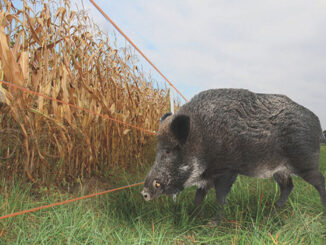
© Paddy Phillips A buzzard in flight and a perching buzzard superimposed on a close-up
© Paddy Phillips
During the early 1800’s, the Common Buzzard was known to breed throughout all of Britain and Ireland. However, due to widespread illegal and mostly unnecessary killing (mostly done by landowners who mistakenly regarded this beautiful bird of prey a threat to their game birds), by 1875 populations had dwindled to restricted areas, confined mainly to western parts of England, Wales and Scotland.
Although populations began to recover a little during World Wars 1 and 2, the reduction of rabbits (a major food source) through myxomatosis in 1955 and the use of various organochlorine pesticides (reducing the bird’s ability to breed) during the 1950′ and 1960’s reduced numbers yet again.
Following the withdrawal of these pesticides and an increased awareness of the feeding habits of Buzzards (in reality causing very little threat – if any – to game birds) among gamekeepers and thus much reduced illegal killings, populations began to grow.
Though fairly slow to start with, the spread speeded up in the 1990’s and since the year 2000 Common Buzzards are known to once again populate every one of the counties within the UK. Today’s breeding population is estimated at between 31000 and 44000 pairs, each with their own territory.
There are still isolated reports of shootings and occasional poisonings, particularly in Scotland (although some incidents have been recorded in various parts of the country), but overall broad scale management of habitats has ensured abundant availability of prey and combined with on-going education of gamekeepers, this is now allowing most of us to once again enjoy seeing the Common Buzzard soaring above our countryside.




